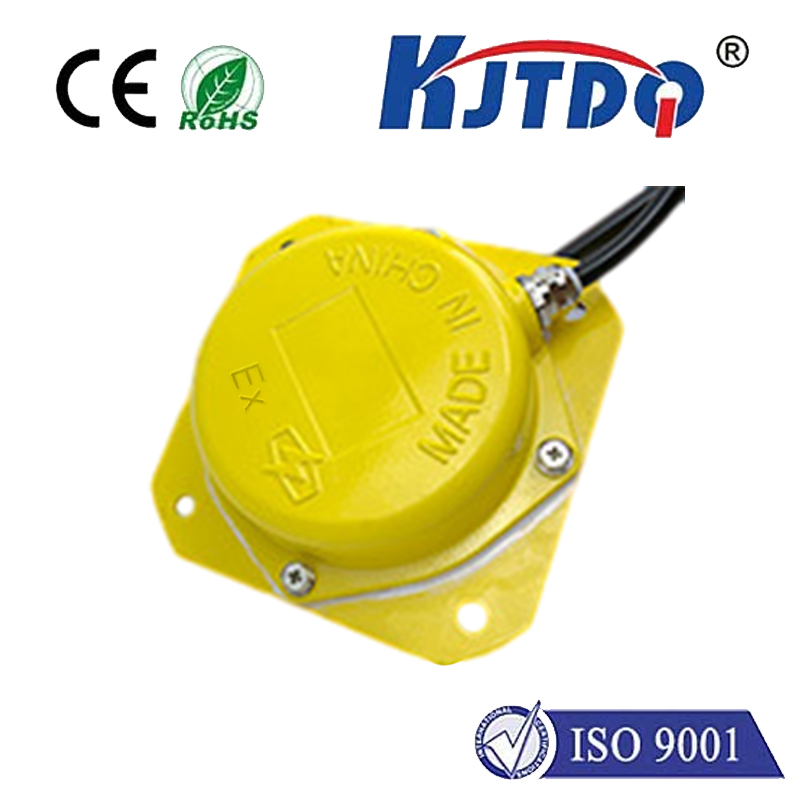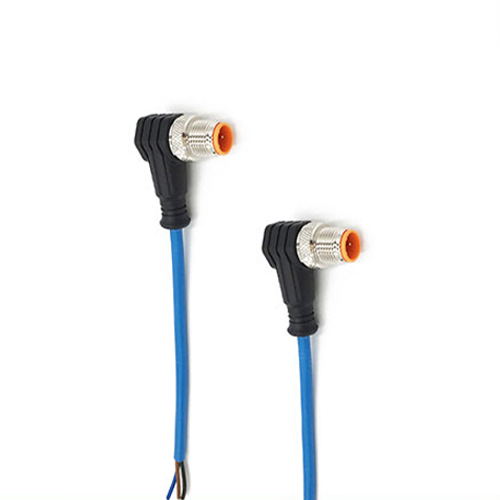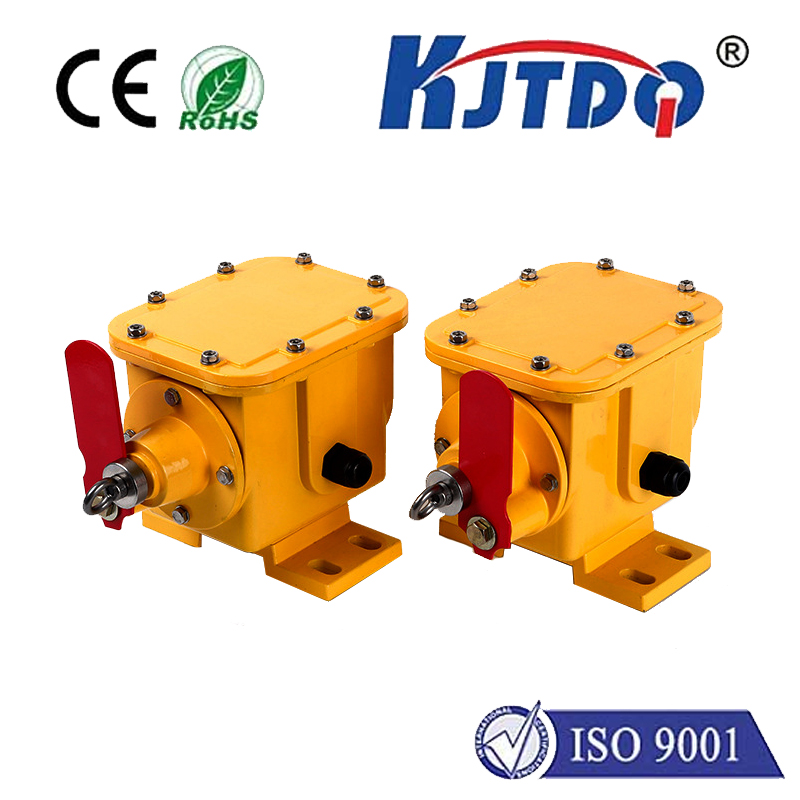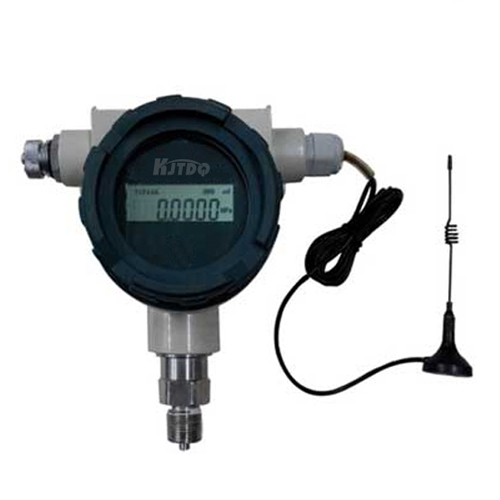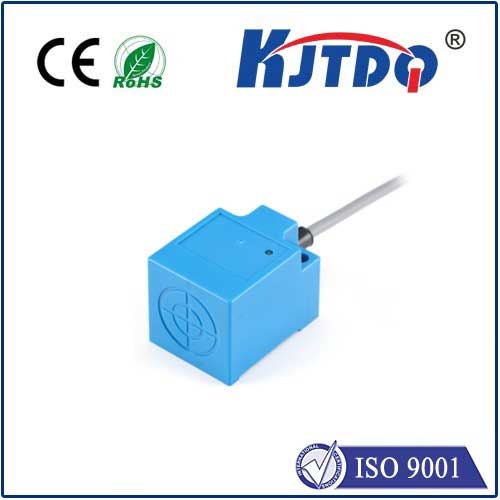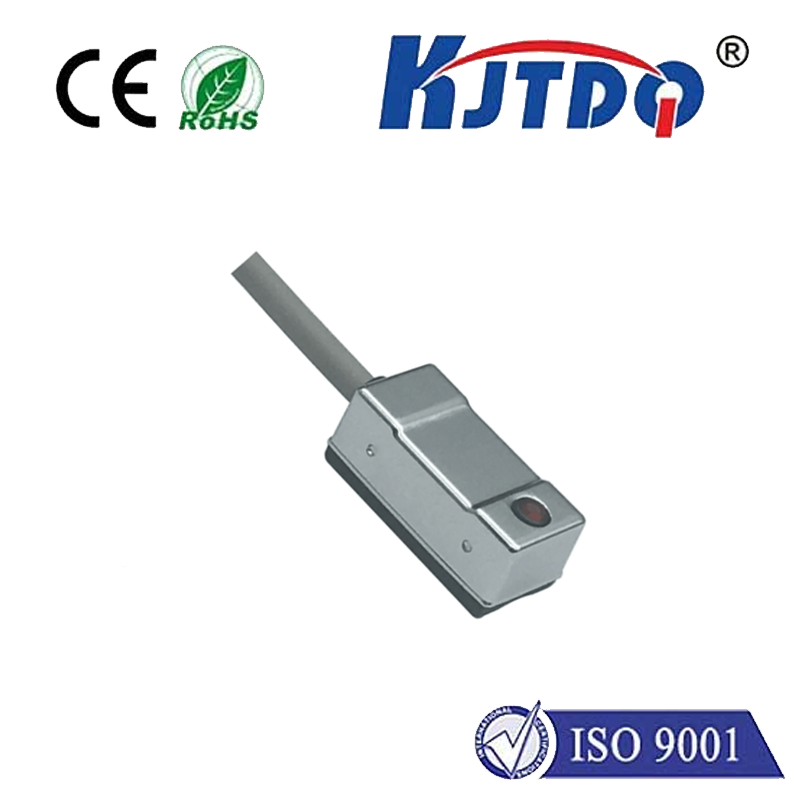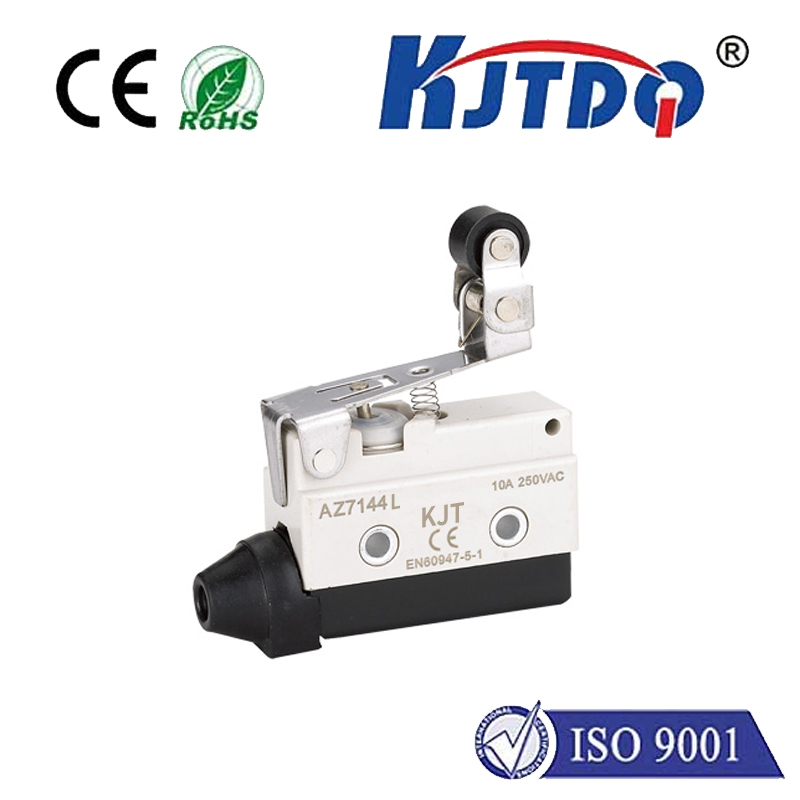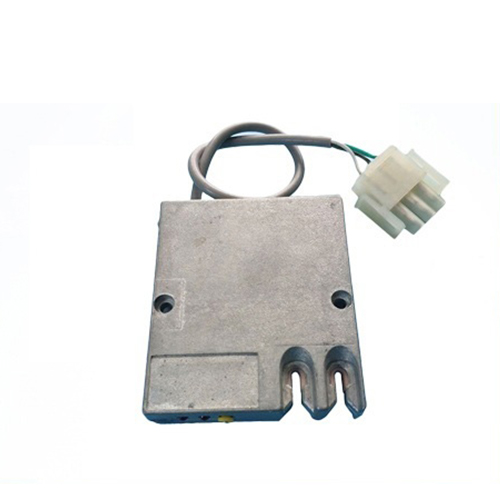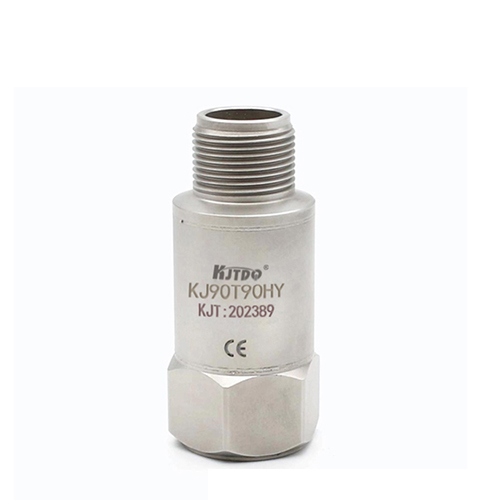coolant pressure sensor
- time:2025-08-19 11:55:18
- Click:0
Coolant Pressure Sensor: Your Engine’s Silent Guardian Against Overheating Disasters
Imagine cruising down the highway, confident in your vehicle’s performance, unaware of a tiny, silent sentinel working relentlessly to prevent catastrophic engine failure. This unsung hero within your vehicle’s cooling system isn’t the radiator or water pump; it’s the often-overlooked coolant pressure sensor. While small, its role is monumental, acting as a critical early warning system against one of an engine’s deadliest foes: overheating and the potential for a blown head gasket.
What Exactly is a Coolant Pressure Sensor (CPS)?
Simply put, a coolant pressure sensor is an electronic device strategically mounted within the engine’s cooling system. Its primary function is to continuously monitor the pressure level of the engine coolant (antifreeze mixture). Modern vehicles operate their cooling systems under significant pressure, typically between 13 and 18 psi (pounds per square inch), which raises the boiling point of the coolant, allowing engines to run hotter and more efficiently without boiling over.
The CPS detects this pressure and converts it into an electrical signal – usually a varying voltage. This vital data stream is then constantly fed to the vehicle’s central computer, the Engine Control Unit (ECU) or Powertrain Control Module (PCM).
Why Coolant Pressure Monitoring is Non-Negotiable

The significance of proper coolant pressure cannot be overstated:
- Prevents Boiling: As pressure increases, so does the boiling point of the coolant. Without sufficient pressure, coolant would boil at normal operating temperatures, creating steam pockets and drastically reducing its ability to absorb and transfer heat away from the engine block and cylinder head.
- Optimizes Heat Transfer: Maintaining pressure ensures liquid coolant remains in constant contact with hot metal surfaces, maximizing heat transfer efficiency.
- Prevents Catastrophic Failure: Excessively high pressure is a major red flag, often indicating a critical issue like a blown head gasket allowing combustion gases to pressurize the cooling system, or a failing radiator cap that won’t relieve pressure correctly. Left unchecked, this can rupture hoses, radiators, heater cores, or even cause engine block damage.
- Detects Leaks & Low Pressure: Conversely, abnormally low pressure signals potential leaks (hoses, radiator, water pump), air pockets trapped in the system, or a failing radiator cap. Low pressure directly compromises the coolant’s boiling point and cooling efficiency, leading directly to the risk of engine overheating.
The Sensor as the ECU’s Informant
This is where the coolant pressure sensor earns its keep. By constantly reporting the coolant pressure status to the ECU, it enables the computer to:
- Trigger Immediate Warnings: If pressure drops significantly (indicating a leak/coolant loss) or spikes dangerously high (indicating combustion gas intrusion), the ECU can immediately illuminate the Check Engine Light (CEL) and often, crucially, the red temperature warning light. This gives the driver the earliest possible alert to pull over safely before catastrophic damage occurs.
- Provide Diagnostic Data: The CPS generates specific diagnostic trouble codes (DTCs). Common codes include:
- P0468 (Coolant Pressure Sensor High Input)
- P0469 (Coolant Pressure Sensor Intermittent/Erratic)
- P00B7 (Coolant Pressure Too Low)
- P00B8 (Coolant Pressure Too High)
- P2681 (Coolant Pressure Sensor Circuit Range/Performance)
- These codes are invaluable for mechanics diagnosing the root cause – whether it’s a failing sensor itself, wiring issues, genuine pressure problems, or other component failures.
- Inform Engine Management (in some designs): On certain advanced engines, coolant pressure data might be used alongside temperature readings for even more precise control of cooling fans, fuel mixture, or ignition timing under extreme conditions, offering another layer of engine protection and optimization.
Recognizing the Whispers of a Failing Coolant Pressure Sensor
Like any component, coolant pressure sensors can fail. Warning signs include:
- Illuminated Check Engine Light (CEL): This is the most common indicator, often accompanied by a specific CPS-related DTC.
- Erratic Temperature Readings/Gauge Spikes: A faulty sensor sending incorrect pressure data might cause the temperature gauge to behave erratically or show unusually high readings even if the engine isn’t actually overheating.
- Constant or Flashing Overheating Warning Light: If the ECU receives a signal indicating critically low or high pressure, it will trigger the red temperature warning as a major alert.
- Visible Coolant Leaks or Low Coolant Level: While not directly a sensor failure, these cause low pressure conditions the sensor should detect. If leaks are present and no warning lights appear, suspect a faulty sensor.
- Steam or Coolant Smell from the Engine Bay: Often indicates overheating possibly due to low pressure from a leak (which a good sensor should detect) or extremely high pressure (which a good sensor should also detect).
- Heater Performance Issues: Low coolant pressure can lead to air pockets in the system, reducing coolant flow through the heater core and resulting in poor cabin heating.
Diagnosis and Replacement: Precision Matters
If you suspect a CPS issue, don’t ignore it. Diagnosis typically involves:
- Scanning for DTCs: Using an OBD-II scanner to retrieve any stored trouble codes is the essential first step.
- Visual Inspection: Checking the sensor, its electrical connector for corrosion/damage, and surrounding wiring for breaks or chafing.
- Cooling System Pressure Test: A mechanic will pressurize the system (with a special pump) to check for leaks and verify the radiator cap’s pressure rating.
- Testing the CPS Signal: Using a multimeter or scan tool to measure the sensor’s voltage output at different pressures (key on, engine cold vs. hot). Comparing readings to manufacturer specifications determines if the sensor itself is faulty.
Replacement is generally straightforward once diagnosed. Crucially:
- Ensure the engine is completely cool before starting.
- Carefully relieve any residual pressure in the cooling system by slowly opening the radiator cap (if applicable) only when cold.
- Anticipate some coolant loss – have a drain pan ready and be prepared to top up the system with the correct manufacturer-specified coolant type and mixture after replacement.
- Properly torque the new sensor to specifications to prevent leaks.
Maintaining a Watchful System: Prevention Tips
While you can’t prevent every sensor failure, you can support its health and the entire cooling system it monitors:
- Regular Coolant Changes: Follow the manufacturer’s recommended interval. Old coolant loses its anti-corrosion properties and can cause sensor damage, clogging, and reduced heat transfer.
- Use the Correct Coolant: Never mix incompatible types. Using the wrong coolant can cause damage and sensor malfunction.
- Inspect Hoses and Belts: Check radiator and heater hoses for cracks, bulges, or softness. Ensure the water pump drive belt is in good condition and properly tensioned. A burst hose causes instant pressure loss.
- Verify Radiator Cap Condition: The cap is critical for maintaining system pressure. Replace it if its seal is worn or if it fails a pressure test.
- Address Leaks Immediately: Any coolant leak compromises pressure and risks overheating. Fix it as soon as possible.
The coolant pressure sensor is a perfect example of how modern vehicles rely on sophisticated, interconnected systems to protect themselves. This small, often unnoticed component plays an outsized role in safeguarding your engine from potentially devastating and expensive damage. Paying attention to its warnings and ensuring the entire cooling system is properly maintained are fundamental to reliable and long-lasting












